Some of the links in this post may be affiliate links.
Scale on houseplants is a very annoying, persistent pest that everyone has to deal with if you’ve been growing houseplants long enough. In this post, I’m goilung to share with you how I manage scale in a simple step-by-step approach. With persistence, you CAN eliminate scale but you’ll need to have the right approach!
So keep reading, and I’ll walk you through exactly how to do it.
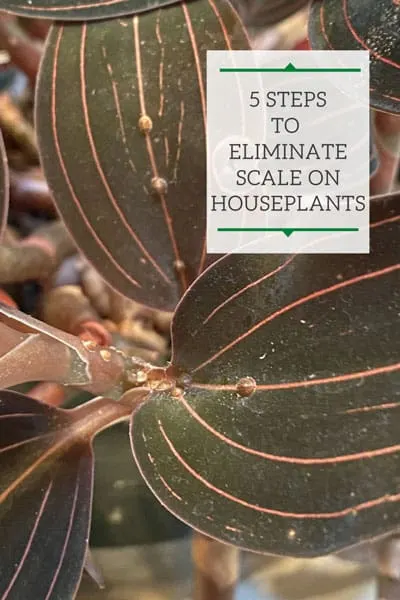
First of all, I wanted to briefly talk about what scale is and what it can look like on your houseplants. In this post, I show you how I treated scale on two different orchids (Phalaenopsis and Ludisia discolor), but the process is the same regardless what plant you have.
Table of Contents
What is Scale?
Scale is an annoying pest, and unlike many pests, you won’t actually see them moving around on your plant. They’ll normally appear as brownish, oval bumps on your plant. There are soft scales, but also other species that have a harder shell.
Here is an example of a scale on one of my Phalaneopsis orchids. You can also see a shiny area on the leaf. That is not water. It’s actually a very sticky substance called honeydew that scales deposit on the leaves after they feed on your plant.
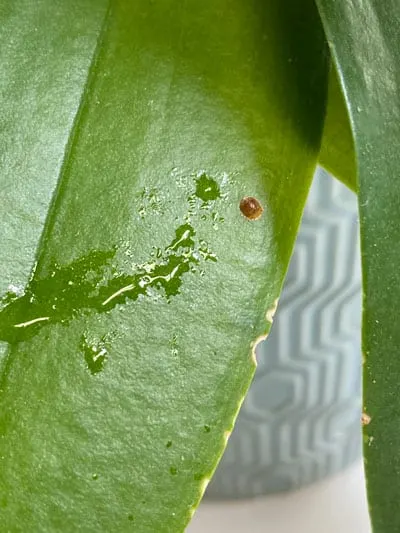
So how can you get rid of scale?
Killing Scale on Houseplants
Here is my 5 step process that I have successfully used to eliminate scale on houseplants.
Step 1: Inspect Your Plant and Physically Remove Visible Scale
This is the tedious part, but it is important. You’ll want to physically remove any visible scale on your houseplant first. This is important especially if you have the species of scale that has a hard outer shell as your spray treatment will not be effective to penetrate it.
Even if your treatment is effective, no spray will dissolve or remove hard scale, and it will appear the same even if it’s dead. So you’ll need to remove it so that you can then monitor your plant to see if you see any new scale appears.
If you have any really badly infected areas of your plant, it is probably best to prune your plant and throw those parts away. If infestation is horrible enough, it may be wise to just throw out the entire plant.
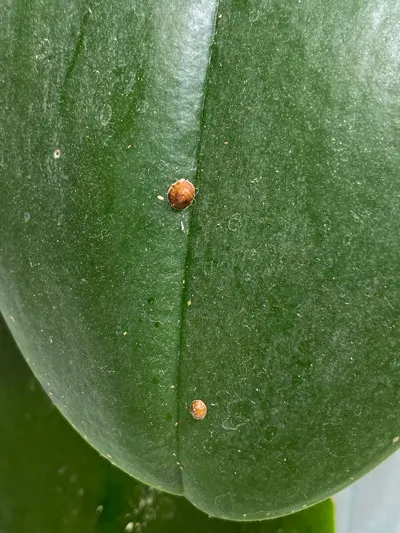
Be sure to check the undersides of the leaves, the leaf petioles, stems, flower stalks, etc. Scale can and will attack many parts of your plant. I simply use my fingernail to scrape off any hard scale. I found quite a few scales on the undersides of leaves and even on the flower stalks of my orchids!
I also like to use a toothpick to get into areas that are too small for my hand. It will make your life a lot easier and it is important to remove all the ones that you see.
I had to use toothpicks as a tool for my Jewel Orchid (Ludisia discolor) below.
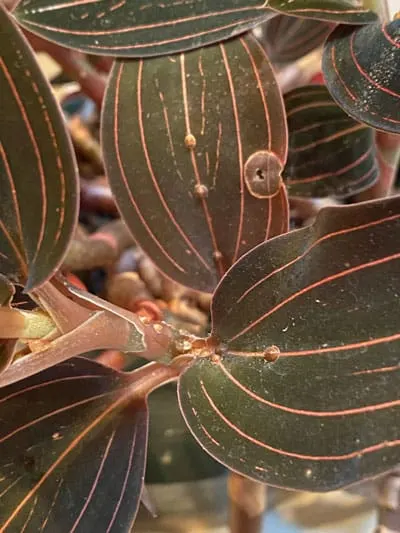
In the photo above, you can see scale on the surface of the leaf, the stem, and also in the leaf axils. They will make their way in ALL the nooks and crannies! Use a toothpick for those areas to make it easier to dislodge the scale.
Step 2: Rinse Off Your Plant
Next, I like to take my plants to the shower. You can also use a bathtub, sink, or wash tub in your laundry room. Or if it’s warm enough outside, even better!
Give your plants a very thorough rinse with warm water. Don’t use cold water otherwise you can shock your plant. I use the spray attachment on my shower head to rinse the entire plant, including the underside of the leaves. It is important to be thorough.
This will help clean your plant up, remove any sticky honeydew from your leaves, and wash away the scales that are developing that are too small for our naked eyes to see.
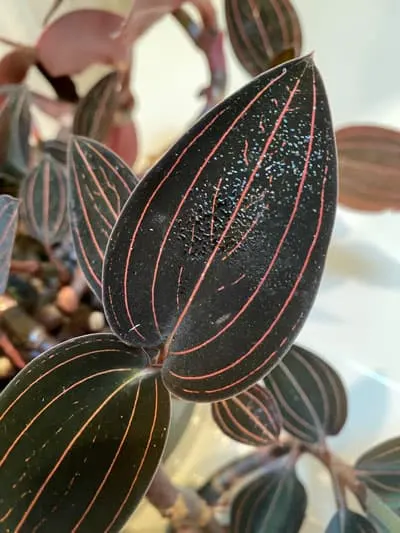
Baby scales are called crawlers and they will move around until they find a spot to settle down on your plant. Rinsing off your plant will help to wash away a good portion of those, but you still have to continue to treat your plant, which takes us to…
Step 3: Treat Your Plant
After I let the plant drip dry a bit, I proceed with my treatment. I’ve always used insecticidal soap.
There are many insecticidal soaps available on the market and most are probably equally good. I like to use the Bonide
Spray all surfaces of the plant, and not just where you saw the scale. Spray for completely coverage and to the point where it is dripping.
You will not harm your plants by doing this. If you are concerning about your plant, you can always spray a small portion and monitor for any damage. I’ve never had any issues at all with a variety of plants.
Spray the surface of all the leaves, the undersides…everywhere! It is important to do this because there are scales present that haven’t developed large enough for us to see them.
Like I mentioned above, spray treatments will be most effective when the scale are in their crawler stage like I mentioned above.
Insecticidal soap has been very effective for me. I know many people use Neem Oil for pests but I’m not entirely sure how effective it really is. I personally can’t stand the smell of Neem Oil. You can also use a good horticultural oil as well.
Whatever you do, be sure to follow the directions on the label for safe usage.
Lastly, and this is optional, but I like to add a systemic insecticide as well to the soil. I didn’t do this with my Phalaenopsis since they are growing in bark, but I applied it to the soil of my Jewel Orchid. Follow the instructions for application and safe use. Add it to the soil, and water it in. I like to use the Bonide Houseplant Systemic Insecticide which you can purchase on Amazon, or any nursery or hardware store.
Systemics work by the plant absorbing it into their system. Again, this is optional, but I like to use it sometimes, especially if it’s a plant that I really care about.
Step 4: Treat Your Plant Again!
A week after you have sprayed your plant, go ahead and repeat the process again exactly like in Step 3 and spray again with insecticidal soap. Be very thorough in your spraying and soak all areas. This is important because you’ll want to kill the scale that hasn’t developed large enough for us to see.
Just because you don’t see them, doesn’t mean that they’re not there!
Step 5: Monitor Phase and Reapplication of Treatment If Needed
Lastly, monitor your plants regularly. Both the ones that you treated as well as any other houseplants you have in the area.
It is always best to treat any pests before they get out of control. Make it a point to inspect your plants on a regular basis in order to keep your houseplant collection happy and pest-free.
If you are curious about the lifecycle of scale, there is a great article written by the Entomology Department at Cornell University.
Curious about how to get rid of other pests? Be sure to check out my posts on:
I hope you’ve enjoyed this post on how to manage scale on houseplants. Have you successfully battled scale? Comment below. I’d love to hear!

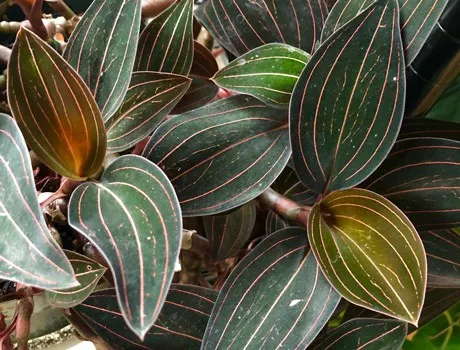
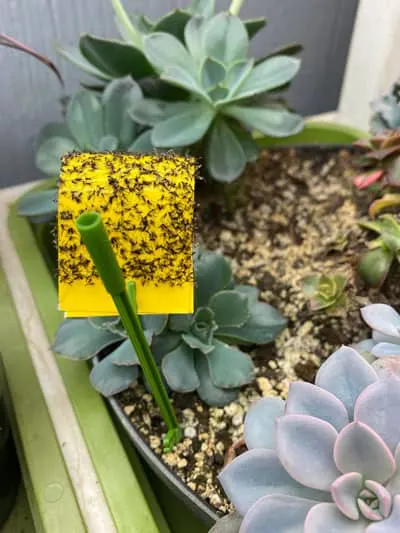
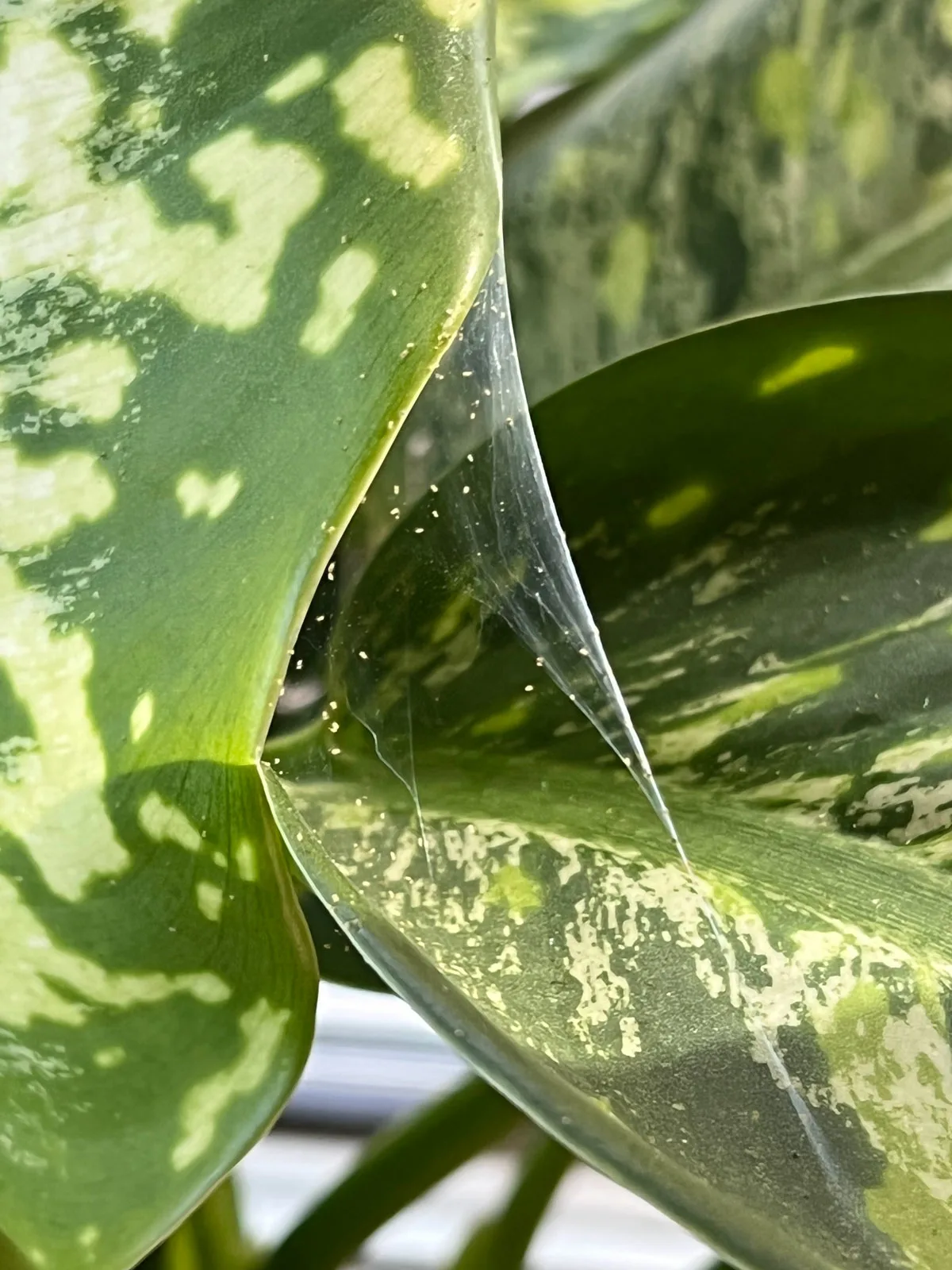
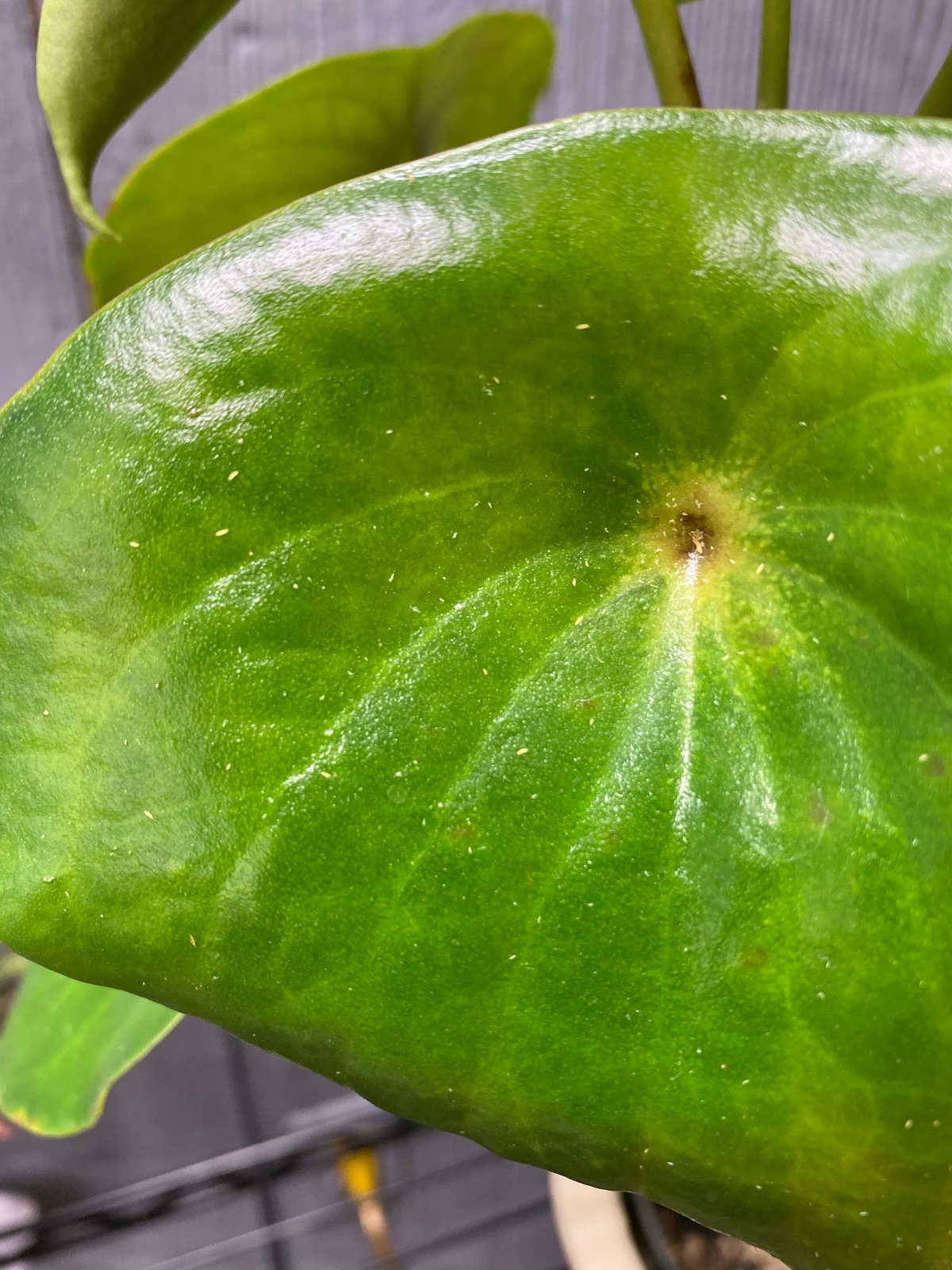
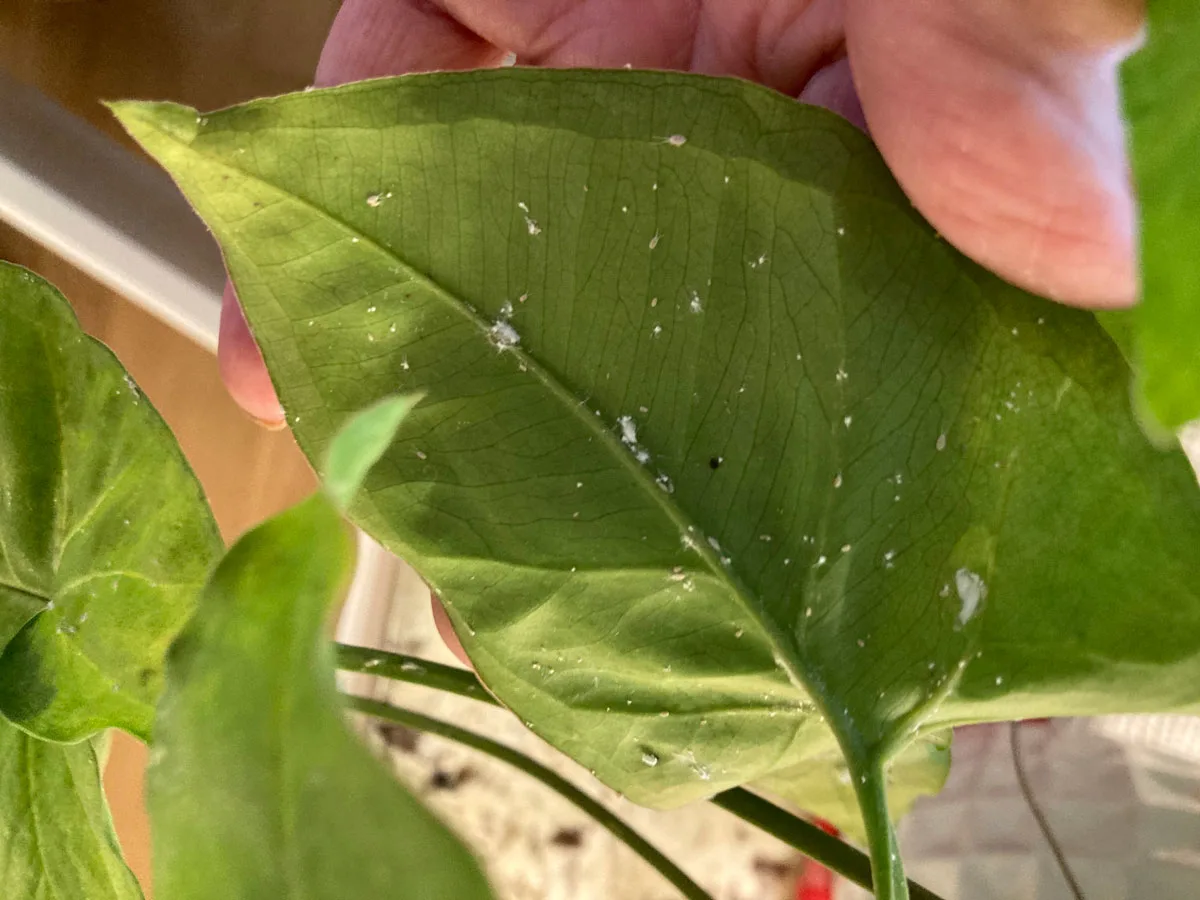
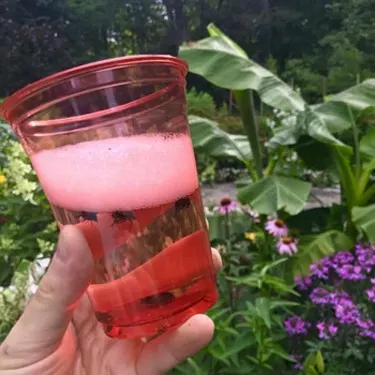
J
Tuesday 2nd of January 2024
I am loving your emails and articles, Raffaele. Just wanted to say thank your for sharing your knowledge and condensing it into these fun, digestible pieces. You've been so helpful, I've been able to stave off a mealybug invasion! Much love from Canada~J
Raffaele
Tuesday 2nd of January 2024
You are very welcome! I'm so glad that you enjoy my content!
Sheri
Wednesday 27th of December 2023
I love your blog!!! Thank you so much!
How do you shower your plant indoors without getting dirt in the shower from the pot? Do you put it in a baggie and tie it first? Curious minds want to know. :)
Raffaele
Thursday 28th of December 2023
So glad that you enjoyed my blog Sheri! I typically aim the water so that it's not directly pointing at the soil. I never cover the soil, but you can use plastic wrap or aluminum foil or something similar if you'd like.
Ben Mok
Friday 23rd of December 2022
Hi! Raffaele : Merry Christmas! Thanks for your great article on how to remove scale insects. My plant (Winter Creeper) has this scale problem for some time as mentioned before. I managed to put the recent photos of my plant on Google drive to share with you here: https://drive.google.com/drive/folders/1OlIjOYlgf8ychc8Pbku3IWlMWmZD0tz1.
I followed the steps in your article to cut out some very obvious infested parts of the plant, washed the whole plant, and sprayed the insecticide. I have been applying the insecticide (Safer’s End All) every 2 to 3 days after washing the plant.
Would you mind reviewing the photos to see if my plant is still curable, or it is too much infested that I need to destroy it :-(? Appreciate if any other things I can do to help cure this plant :-). Thanks very much indeed and take care!
Best regards, Ben
Noni
Wednesday 15th of February 2023
@Ben Mok, I would try spraying with alcohol everyday for a stretch and see what happens. Wear a vapor mask, though ;-)
Ben Mok
Thursday 15th of December 2022
Hi! Raffaele : greetings. Thanks for your great article on how to remove scale insects. My plant (Winter Creeper) has this scale problem for some time. I tried to use Neem oil to cure it before but was not successful. The infestation spreaded further. I changed to use Safer’s End All insecticide for last few weeks and then I saw your article so that I used your steps to cut out some very obvious infested parts of the plant, washed the whole plant, and sprayed the insecticide again today. Would you mind if I can email you some photos of my plant to seek your advice if the plant is still curable or it is too much infested that I need to destroy it :-(?
Thanks very much indeed and take care! Best regards, Ben
Ben Mok
Saturday 17th of December 2022
@Raffaele, thanks very much again. Which one is your website? I only can drop you a message via the comment box in your article here. If you need me to go to your website to use your contact form, appreciate you let know your website address. Thanks very much.
Ben Mok
Saturday 17th of December 2022
@Raffaele, thanks very much. I just replied your message here and submitted my email address :-) in the reply form. Could you please see if you have received it? Could you please also let me know your website address just in case, so that I can find your contact form as well? Thanks very much
Raffaele
Friday 16th of December 2022
Hi Ben, yes of course. Please write to me through the contact form on my website. When I reply, you can attach some photos and I can try and help.
Kat
Monday 22nd of August 2022
Thank you for this post. So about 6 months ago I got a large infestation of scale in my growtent. I will admit. I wasn't familiar with scale so I was always just looking for thrips, mites and mealies. I finally have it under control after losing about $2000 in hoyas. I currently do all of the things you mentioned now. I use a neemoil soap spray. That's insecticidal spray right? When I'm inspecting my plants weekly first off I take a cotton ball or a cotton cloth and spray it with alcohol. I wipe every leaf front and back before I inspect it. I'm hoping you can help me with an issue I'm having because i just don't ever know 100 percent if a spit I see is scale. So the scale that is in the pic you posted is a fully grown protected female correct? I have come across them in my collection but I'm so afraid of another outbreak that I think everything odd is scale lol. I think my issue right now is thinking that some round spots I see that have the coloring of scarring on hoyas is scale. Do you have a reference pic of maybe some less mature scale on a plant. Also are the scales always raised bumps even at a more immature stage? Thank you for the help I enjoy reading your posts.
Raffaele
Monday 22nd of August 2022
Hi Kat! Scale will always be raised bumps. If it is not, it is probably something else. Neem oil is not the same as insecticidal soap. I personally don't use it and I think that insecticidal soap is more effective. I hope this helps a bit and I'm glad you got the scale issue in control!